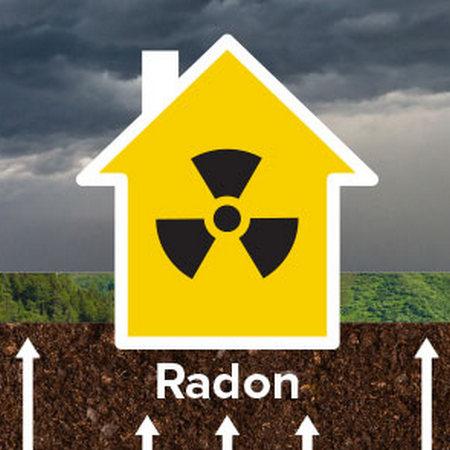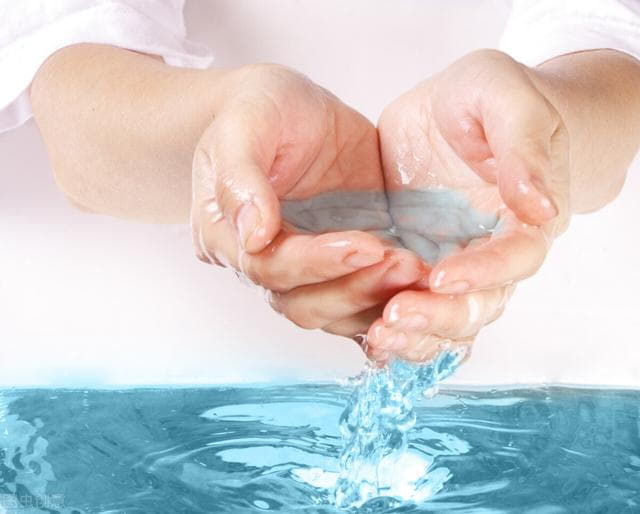Disinfection Page
Sanitizing Your Well
If your well is new, you should flush the well before you disinfect it. Flushing a well is the best way to clean the well and stabilize its quality. In particular, such things as iron and manganese concentration can vary markedly between the time when a well is first used and when it has been in service for some time.
So we strongly recommend that a well be flushed by turning on an outside faucet and running water to waste at a moderate flow (direct it with a garden hose so you do not flood anything) for several days to a week.
Then follow the disinfecting procedure noted below:
For a dug or drilled well of moderate depth. (Not more than 200 feet)
We suggest the use of common bleach such as Clorox. The proper dose is one gallon of bleach for every thousand gallons of water in your well. The number of gallons in your well can be found by multiplying the diameter of your well (in feet) by itself then multiplying the result by 5.9. This number is then multiplied by the depth of the water in the well (in feet) and the result is the volume of water in your well in gallons.

For a drilled well deeper than 200 feet
Disinfecting with liquid bleach may not result in chlorine reaching the lower portion of your well. We therefore suggest that you disinfect a deep well by an alternative procedure using chlorine swimming pool tablets rather than liquid bleach.

The type of tablets we suggest you use contain calcium hypochlorite and most range between 65 and 95 percent available chlorine by weight. Assuming you use 70 percent chlorine tablets and that your well casing diameter is 6 inches (nearly all are), you should use two ounces of tablets per 100 feet of well depth

Put the tablets in a heavy bag and break them up with a hammer into marble size pieces into your well. Let them set for several hours, and proceed as indicated for a shallow well.

Chlorinated Water
After pouring the disinfectant into the well, run each house faucet until the smell of chlorine is noticed in the water. Connect a garden hose to an outside faucet, run the hose to the well, turn on the faucet and let the chlorinated water run down the sides of the well.
Strong Chlorine Solution
Recirculate the water back to the well for an hour or so, then take the hose out of the well, reinstall the cover and let the whole system remain unidisturbed for at least overnight. Next day, flush the well by running the outside faucet (but be sure you direct the water away from plants, since the strong chlorine solution will kill anything it touches).

Submit a Sample
Keep using the water until you cannot smell any chlorine in the house. This may take several days; then we recommend you use the water for another week, if possible, in order to allow anything that might want to contaminate the well time to do so.
Finally submit a sample to the lab by requesting a new sample bottle from us to test for bacteria only. During all this period, you should not be drinking your water (drinking water may be purchased at most supermarkets) but the water may be used for washing.





